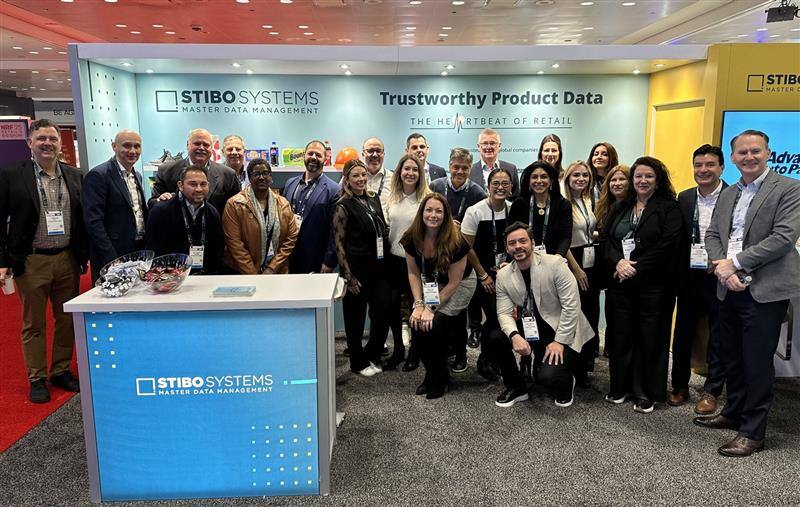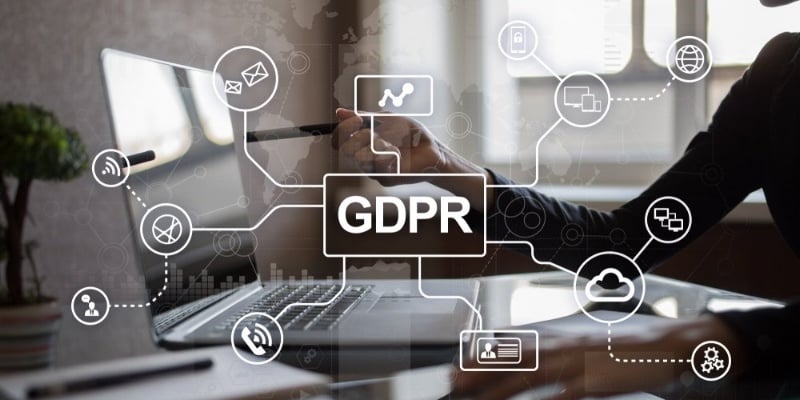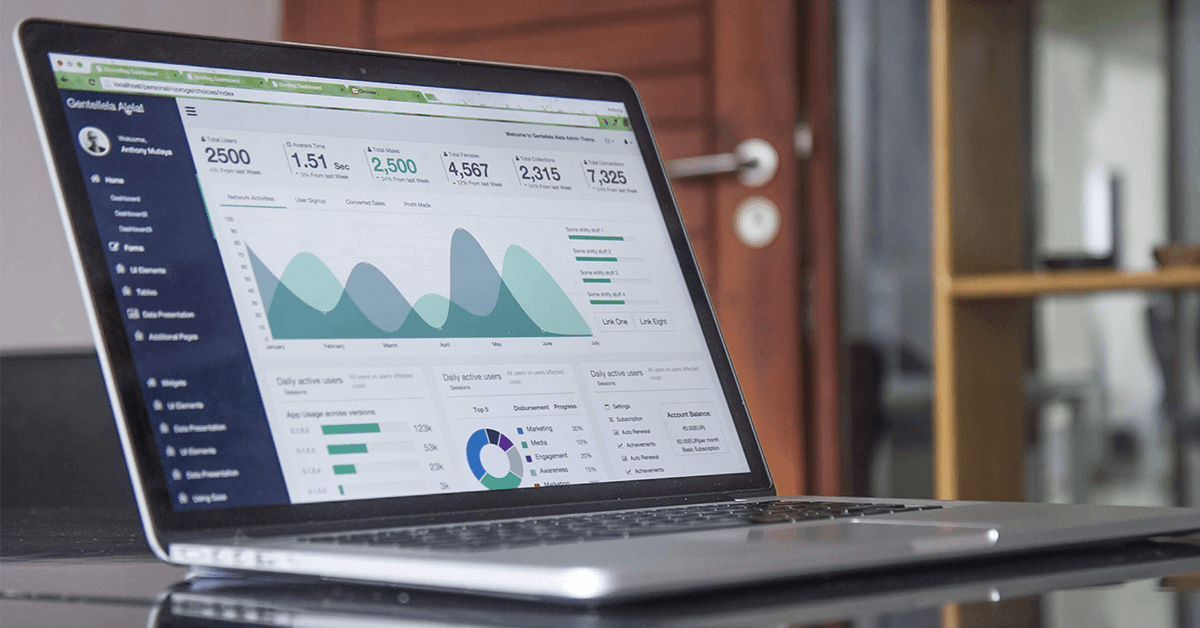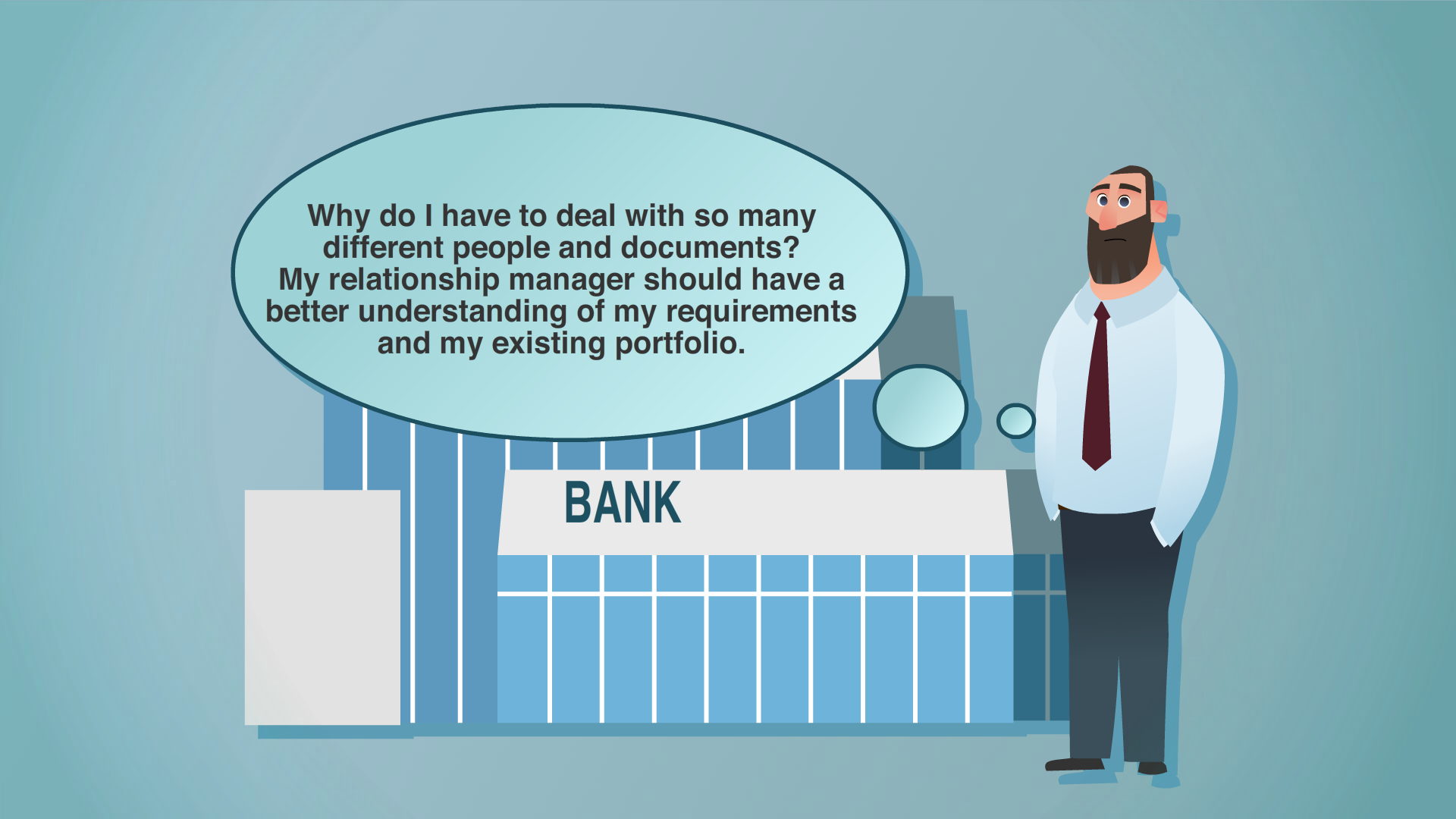Whether you’re a brand marketer, work in demand gen or lead content marketing, you know all too well the pressure to deliver value on every marketing initiative — and quantify it. But metrics like brand awareness and recognition can be elusive and hard for the C-suite to understand their impact on the bottom line.
The same goes for proving the ROI of master data management (MDM). Marketing and customer experience (CX) teams already know that clean, trustworthy data is the backbone of every successful marketing campaign, personalized experience and strategic decision.
But quantifying the financial impact of MDM and the reliable, accurate data it provides can be a challenge. Especially when leadership’s only interested in bottom-line results. Here’s the thing: bad data is costly. IBM estimates the cost of poor data quality for US businesses at around $3.1 trillion annually.
For marketers specifically, the cost of bad data revolves around inaccurate segmentation, ineffective targeting and a CX that fails to deliver true personalization.
"Data is the fuel for every modern marketing engine, yet our research shows that almost half of that fuel is contaminated. Marketers know that to drive performance, they must first fix the fundamentals: completeness, consistency and accuracy of their data." - Alexander Igelsböck, CEO, Adverity
Research from Adverity highlights why data quality is crucial for marketing and CX initiatives:
- 45% of the data marketers use to make decisions is incomplete, outdated or inaccurate, which can contribute to failed marketing campaigns or personalization attempts.
- 30% of marketers see improving data quality as the most important tool they can use to improve performance — bad data, poor performance.
- Marketers cite data completeness (31%) and data consistency (26%) as their biggest problems with the quality of their data.
Case in point? To increase marketing ROI, you need high-quality data. MDM delivers that trustworthy data. To prove the value of MDM to executive leadership, you need to build a business case that connects data quality directly to marketing outcomes.
We’re breaking down four practical steps you can take to help you prove the ROI of MDM and how it can drive more effective marketing and a better CX. See how to define your scope, quantify benefits, assess costs and set expectations, so you can turn trustworthy data into measurable business impact.
Quick insights
- MDM ROI is real, but it takes planning, patience and cross-functional buy-in to achieve measurable results.
- Define what marketing and CX problems you’re solving, and use the “crawl, walk, run” approach to scale your initiative.
- Quantify how MDM drives revenue, reduces costs and manages risk using metrics that matter to your leadership team.
- The C-suite across companies wants to roll out AI initiatives — MDM provides the clean data needed to make them a success.
- Factor in setup, operational and cost of delay to build a credible business case and set realistic expectations from the start.
- MDM success depends on enterprise-wide adoption, ongoing training and a long-term mindset — early wins are possible, but the biggest impact grows over time.
4 Steps to determine the ROI of MDM
Quantifying the value of high-quality data and the benefits that cascade from that isn’t always easy or straightforward. Even though MDM delivers value over time and its impact spans the entire enterprise, proving the ROI with clear, bottom-line metrics is a challenge.
But following this four-step framework can help you estimate the ROI of your MDM initiative and prove the value to executive stakeholders.
Step 1: Define the scope
Before you consider implementing master data management, think about why you need it. Having a clear understanding of your goals, what you’re trying to achieve and what success will look like gives you an idea of how to measure the ROI.
Let’s say you’re a marketer looking to laser-focus targeting and segmentation to drive more leads and conversions. Or a CX leader focused on omnichannel personalization. Define how trustworthy, complete and accurate data can help you meet those goals.
Ask yourself:
- What marketing and CX problems are we trying to solve?
- Who needs to be involved?
- Are we using MDM for a focused use case or do we want to do an enterprise-wide rollout?
- Which AI-powered marketing workflows or tools rely on clean, trustworthy data for success?
Reliable, trustworthy data is invaluable to the entire organization, but when rolling out MDM, we suggest taking a slower “crawl, walk, run” approach. By piloting MDM with a single business unit, you can establish a stable foundation and demonstrate quick wins before expanding.
As you start seeing results and get more comfortable with MDM, you can extend the scope to include more data domains, systems and use cases to effectively scale your MDM initiative for amplified impact over time.
Step 2: Identify and quantify the benefits
After you’ve identified the scope of your MDM project, start thinking about how you can quantify the benefits it will deliver. For marketing and CX teams, that means connecting the dots between accurate, trustworthy data and the tangible outcomes that matter to the business — like leads generated, conversions, a better customer experience, a successful AI implementation and more.
To get hard numbers, think about the benefits in terms of three financial outcomes:
- Opportunity. Consider how MDM can help you increase revenue, enhance the CX or accelerate speed to market. For example, what cost benefits would you see if you launched new products in two weeks vs. a month because you didn’t have to fix product data issues? Or how could more accurate personalization drive customer loyalty — and how would that impact the bottom line?
- Cost. On the flip side, think about how MDM can reduce costs or increase efficiency. Your teams might spend less time cleaning or reconciling data. You might reduce spend on ineffective marketing campaigns due to poor data quality. MDM optimizes processes and ensures data quality and powers AI capabilities, so you can do less manual work, driving efficiency.
- Risk. Non-compliance comes with hefty fines, lost customer trust and reputational damage. When determining the ROI of MDM, weigh the benefits of compliance — MDM helps you manage risks associated with compliance, especially around data privacy regulations like GDPR.
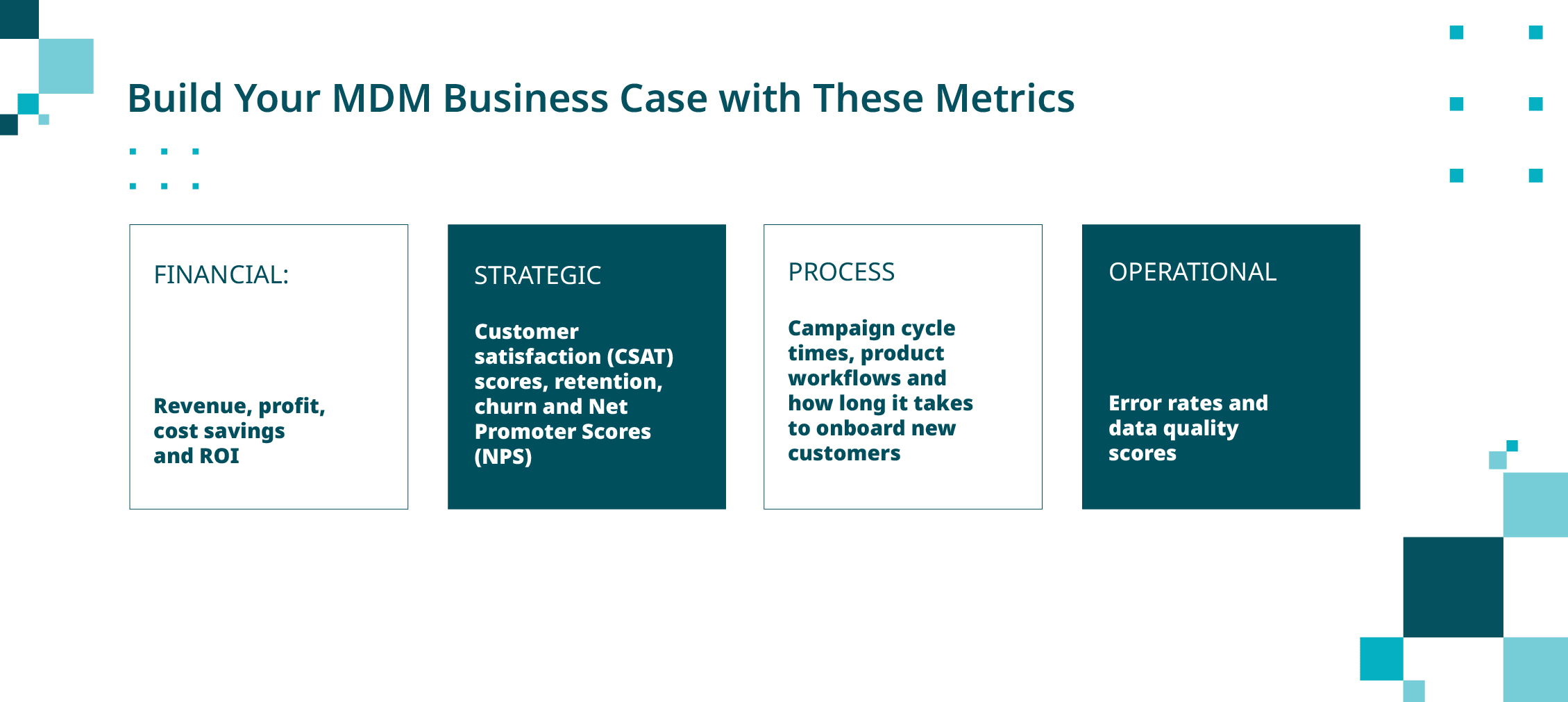
While hard numbers go a long way with ROI, use a mix of metrics to make your case for MDM even stronger:
- Financial: Revenue, profit, cost savings and ROI
- Strategic: Customer satisfaction (CSAT) scores, retention, churn and Net Promoter Scores (NPS)
- Process: Campaign cycle times, product workflows and how long it takes to onboard new customers
- Operational: Error rates and data quality scores
Pro tip: Get the finance team involved early on to put numbers to the benefits. Ask questions like, “If we reduce campaign cycle time by 20%, what would that mean for revenue? If we cut manual data cleanup in half, how much time and money would we save?” Tying MDM benefits directly to outcomes the C-suite cares about builds a more compelling ROI story.
Step 3: Assess costs
To determine the ROI of MDM, you must understand the full investment in an MDM solution. That means looking past just the benefits and initial price tag — you need to assess the total cost of ownership over time, particularly as you scale.
Here are the three main cost categories to help you understand the “investment” part of ROI:
- Setup costs. These include licensing fees, integration and customization expenses, user training and hardware costs if you’re not using a cloud-based SaaS solution. Upfront costs are also part of this, but keep in mind that they can vary wildly based on the scale and complexity of the MDM initiative.
- Operational costs. These include ongoing costs, from data governance and maintenance to the time end users and data teams spend keeping the MDM solution up and running. As you calculate these costs, weigh them against the time and resources you save from optimized processes from MDM.
- Cost of delay. What’s the price of delaying your MDM rollout? If competitors are already using MDM to launch products faster or deliver personalized customer experiences, waiting to implement MDM could cost you market share, time to value or missed revenue opportunities.
Partner with IT, finance and other business stakeholders to model different potential scenarios — starting with a pilot, scaling over time or going all-in from the get-go. These scenarios will help you set realistic expectations and make the case for MDM.
Step 4: Be patient
It takes time to realize the ROI of master data management. Unlike a fast sale or quick marketing campaign, the value of MDM increases over time as you increase data quality and processes and onboard more AI-driven marketing tools or roll out AI initiatives.
Set expectations early on: while you’ll see a positive return on investment, it’ll take time — likely a few quarters.
You can see some early wins, like improved data accuracy, within a few months, but realizing the full strategic and financial impact on your bottom line takes a bit longer. Especially if you don’t have a change management plan in place.
MDM is more than just a tech investment — it’s an organizational shift that requires buy-in from stakeholders across the organization. To get the most value, establish a change management plan that includes communicating the “why” behind the initiative, investing in training and celebrating milestones to keep momentum going.
All of this takes time. Be patient and treat MDM as a continual journey, not a one-off project with an immediate payoff. With the right approach and partner, the long-term gains from MDM can far exceed initial expectations — delivering value not just for marketing and CX teams, but for the entire business.
The ROI of MDM
Estimating the ROI of master data management isn’t just about crunching numbers. You need to build a business case that ties data quality directly to marketing and CX outcomes. By defining your scope, quantifying the benefits, assessing the costs and setting realistic expectations, you’ll be equipped to make a compelling case for MDM that resonates with both the C-suite and your own team.
The ROI of MDM can be substantial, but to realize it, you have to plan, be patient and drive organization-wide change. The good news? With the right partner and a strategic approach, you can turn trustworthy data into measurable business impact to drive growth while delivering a better CX for your customers.
Ready to start reaping the benefits of MDM? Learn more about how Stibo Systems can help you realize the ROI of MDM.




























































